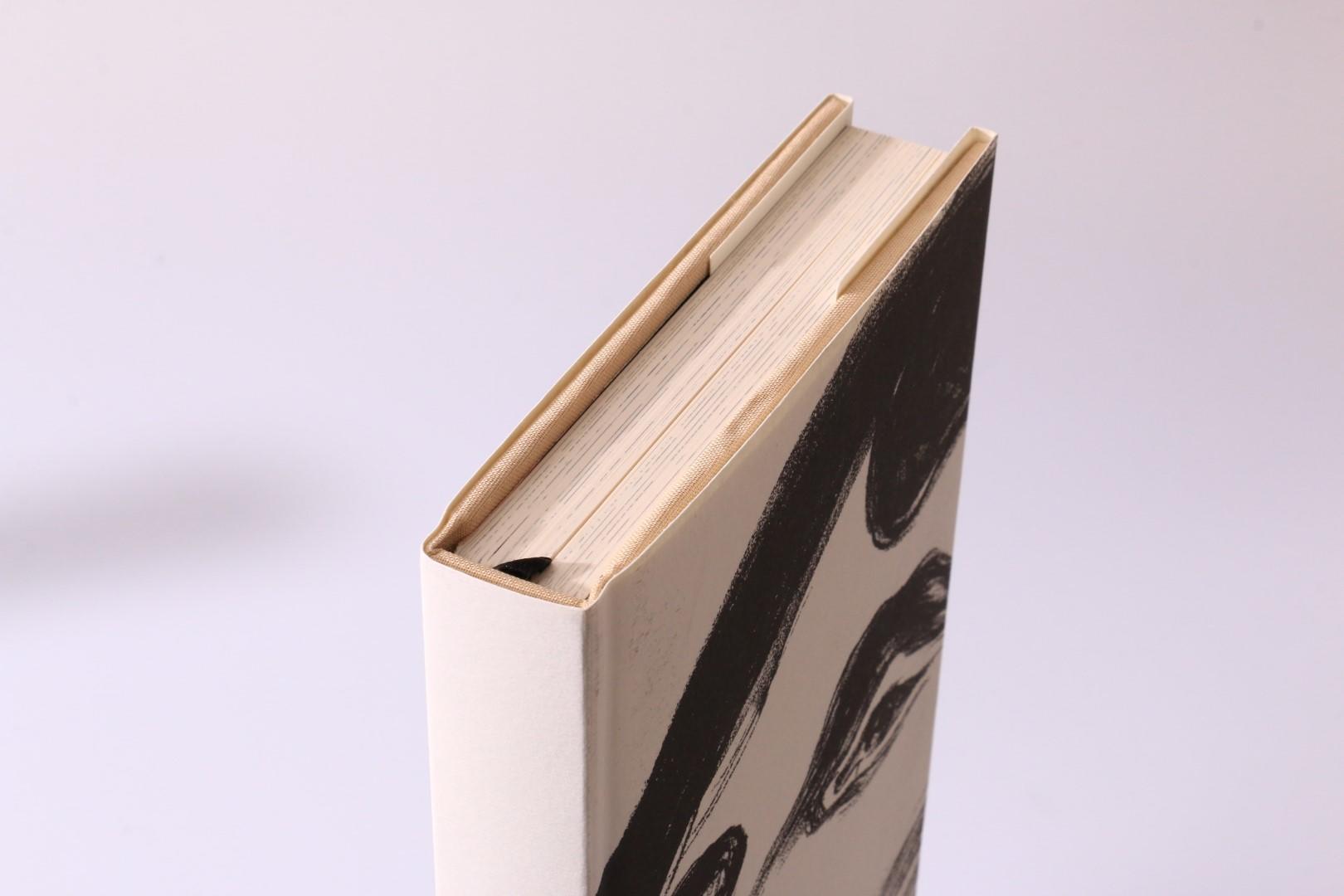
Léger criticises these currents of practice as little more than a ‘capitalist demand’ and a betrayal of class struggle, arguing instead for ‘sinthomeopathic’ practices that over-identify with neoliberal ideology, as a means to foster the alienation of art’s audiences as a spur to ‘critical activity’. Marc James Léger’s 2012 book, Brave New Avant Garde, is a timely attempt to rethink avant-gardism within the context of today’s resurgence of ‘socially engaged’, ‘activist’ and ‘interventionist’ art.

This point is used to pose the problem that concludes the discussion: how might art history reflect upon the part it plays in stabilising the meaning of failure and neutralizing avant-gardes? Fraser's institutional critique was connected to a simplification of the stakes involved in this term that came about through the writings of art critics associated with the journal October. The first use of the term 'institutional critique' in print came in this journal, though Art & Language are not conventionally included in the canon of institutional critique. In order to problematize Fraser's position, the article will focus on debates that took place in the journal The Fox, published for three issues between 19 by Art & Language, New York.

According to Andrea Fraser, the distinctive critical politics of institutional critique are provided by its recognition of the failure pre-ordained by art's institutional mediation. This article examines Roberts's point through an investigation of the term 'institutional critique'. In Revolutionary Time and the Avant-garde (2015), John Roberts argues that a 'strange, morally tinged discourse of avant-garde failure' tends to foreclose critical debate about the avant-garde.


 0 kommentar(er)
0 kommentar(er)
